Chemistry
Membranes that can manipulate gases
Thin film membranes could efficiently separate carbon dioxide and other gases from mixed gas flow streams.

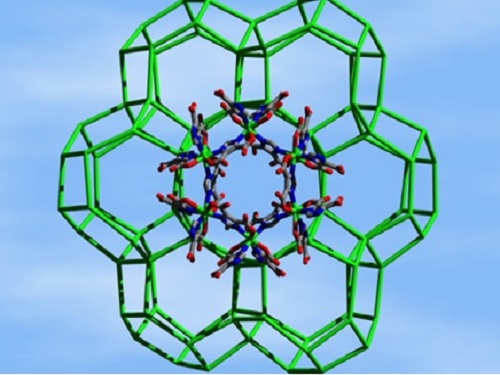
The ZMOF structure includes carbon (gray), indium (green), nitrogen (blue), and oxygen (red)
© 2015 KAUST
The options for selectively capturing carbon dioxide have been widened by KAUST researchers who have created a versatile adsorbent material in the form of thin-film membranes1.
As well as the potential to control the level of atmospheric carbon dioxide in our warming world, says Mohamed Eddaoudi from KAUST, “this technology may also lead to applications in other types of gas separation”.
Eddaoudi and colleagues at the KAUST Advanced Membranes and Porous Materials Research Center have recently developed several innovations in the field of metal-organic frameworks (MOFs). These hybrid materials contain metal ions or metal clusters joined by organic chemical moieties known as linkers (see image). Adjusting the structure of the linkers and the metallic centers allows the intrinsic properties of MOFs to be fine-tuned which means they can be adapted to many useful chemical functions, including highly selective gas adsorption and catalysis.
Some of the most versatile MOFs introduced by Professor Eddaoudi have structures similar to zeolite minerals, and are therefore known as ZMOFs. Until now, efforts to fabricate thin-film ZMOF-membranes have been hampered by pinhole defects that disturb the selectivity crucial for retention of specific molecules as others pass through the membranes.
A key success achieved by the KAUST researchers is to create ZMOF-membranes without these defects. Eddaoudi says his team performed various gas permeation studies to confirm their films are free of any pinhole defects. The negatively charged ‘anionic’ framework of the membrane allows substitution of the positively charged extra-framework ions (‘cations’) in the large cavities to further fine-tune the interactions with molecules flowing through the cavities.
The ZMOF-membranes are grown on a porous aluminum oxide substrate and have been tested with carbon dioxide mixed with other industrial gases including hydrogen, nitrogen and methane. The new membranes demonstrated highly selective permeability towards carbon dioxide, which could allow it to be selectively extracted from a mixed gas stream.
“The main advantages of membrane technology over conventional separation methods are lower energy costs, reduced footprint size and modular design,” says Eddaoudi.
The researchers can now explore the full range of options and develop the technology toward scaling up and eventual commercialization. Other possibilities applications include selective gas sensing systems. A patent on the discovery has been filed and several companies have expressed interest in exploring commercial opportunities.
References
- Al-Maythalony, B. A., Shekhah, O., Swaidan, R., Belmabkhout, Y., Pinnau, I. & Eddaoudi, M. Quest for anionic MOF membranes: continuous sod-ZMOF membrane with CO2 adsorption-driven selectivity. Journal of the American Chemical Society 137, 1754−1757 (2015).| article
You might also like

Applied Physics
Natural polymer boosts solar cells
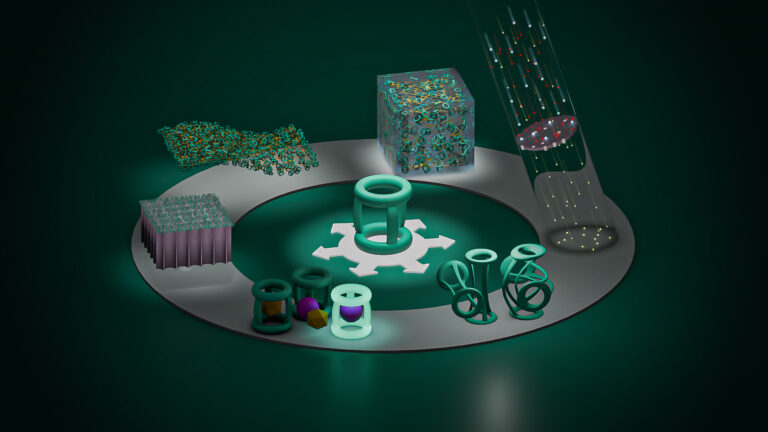
Chemistry
Disruptive smart materials flex with real world potential
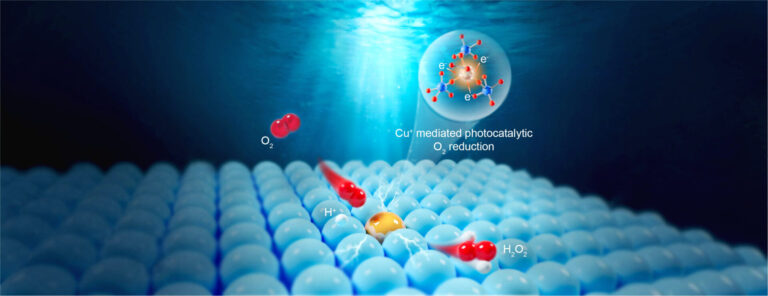
Chemistry
Catalysts provide the right pathway to green energy
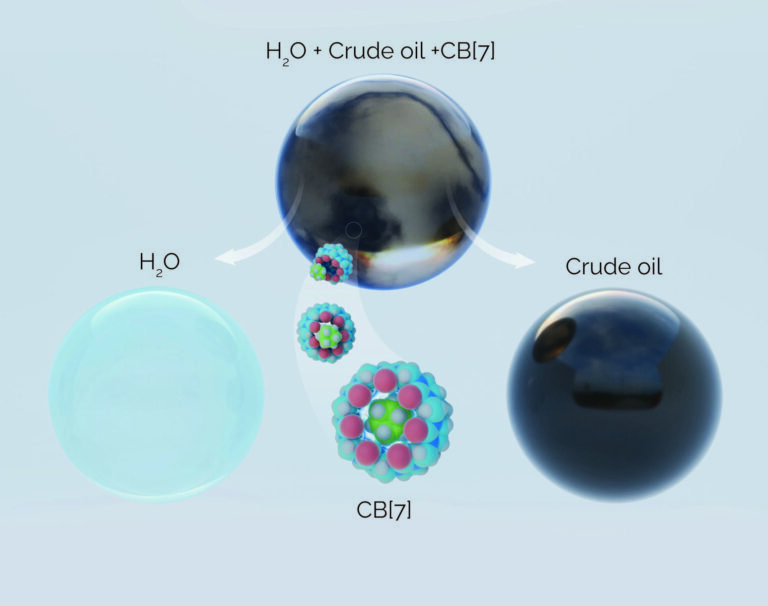
Chemistry
Hollow molecules offer sustainable hydrocarbon separation
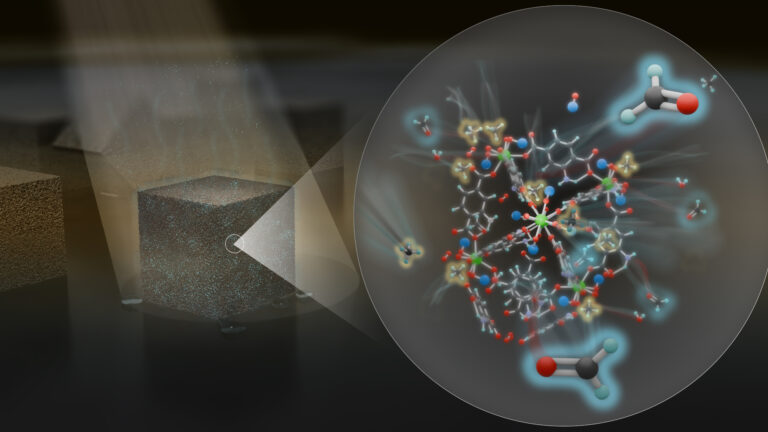
Chemistry
Maximizing methane
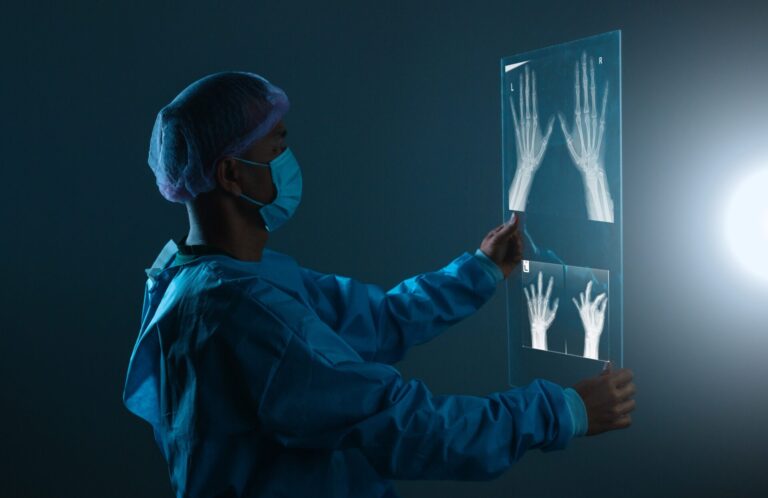
Chemistry
Beating the dark current for safer X-ray imaging

Chemical Engineering
Net benefits for advanced materials design

Chemical Engineering



